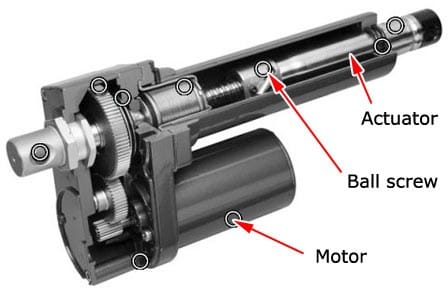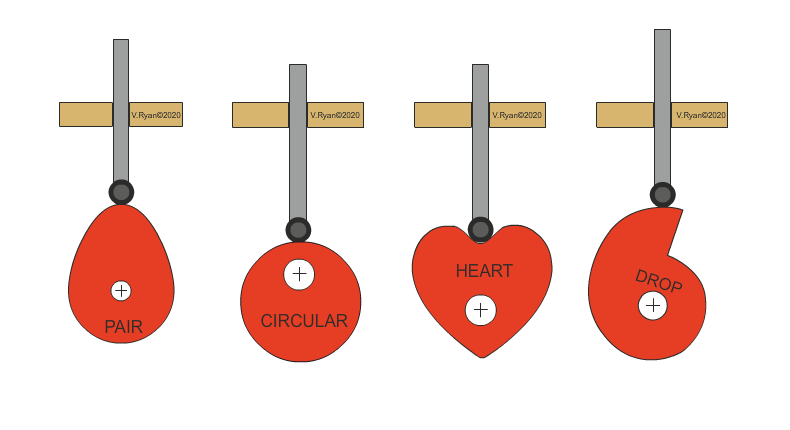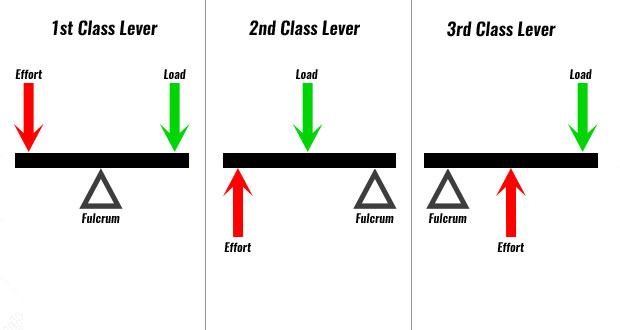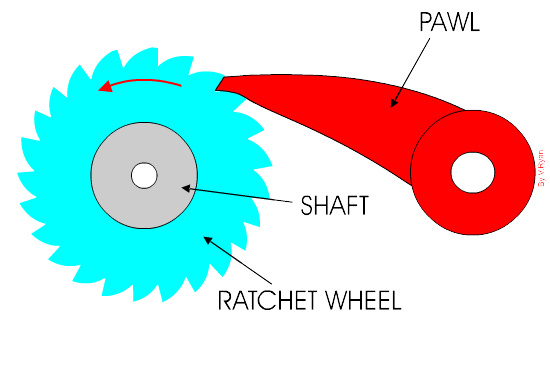Week 13: Operating Principles & Mechanism
In this week of tutorial, I learnt that all device, apparatus and equipment are designed based on working principles that are either mechanical, electrical, chemical or magnetism.
For example, the Operating principle behind distillation is differences in relative volatilities.
Other example includes:
brewing coffee involves leaching.
making of carbonated drinks involves gas absorption
making of dried food such as raisin involves drying
Essential Mechanism found in Functional Prototypes
-Actuator
Converts stored energy in the form of compressed air, electrical potential, or liquid pressure into motion
3 principle types: electric, pneumatic & hydraulic
-Cams
convert the rotation of a shaft into simple of or complex reciprocating linear motion.
-Gears
transmit torque and to adjust rotational velocity
many different types
-Lever
transmit and amplify force by fixing the input and output about a fulcrum or pivot form
There is 3 type of lever: First class, Second class, and Third class
A first class lever is when the fulcrum is in the middle of the load and effort, a second class lever is when the load is between the fulcrum and the effort, and a third class lever is when the effort is between the load and the fulcrum.
-Ratchet
They lock in one direction, and prevent backwards movement, the check valve of mechanism.
-Springs
Store and dissipate energy
Many types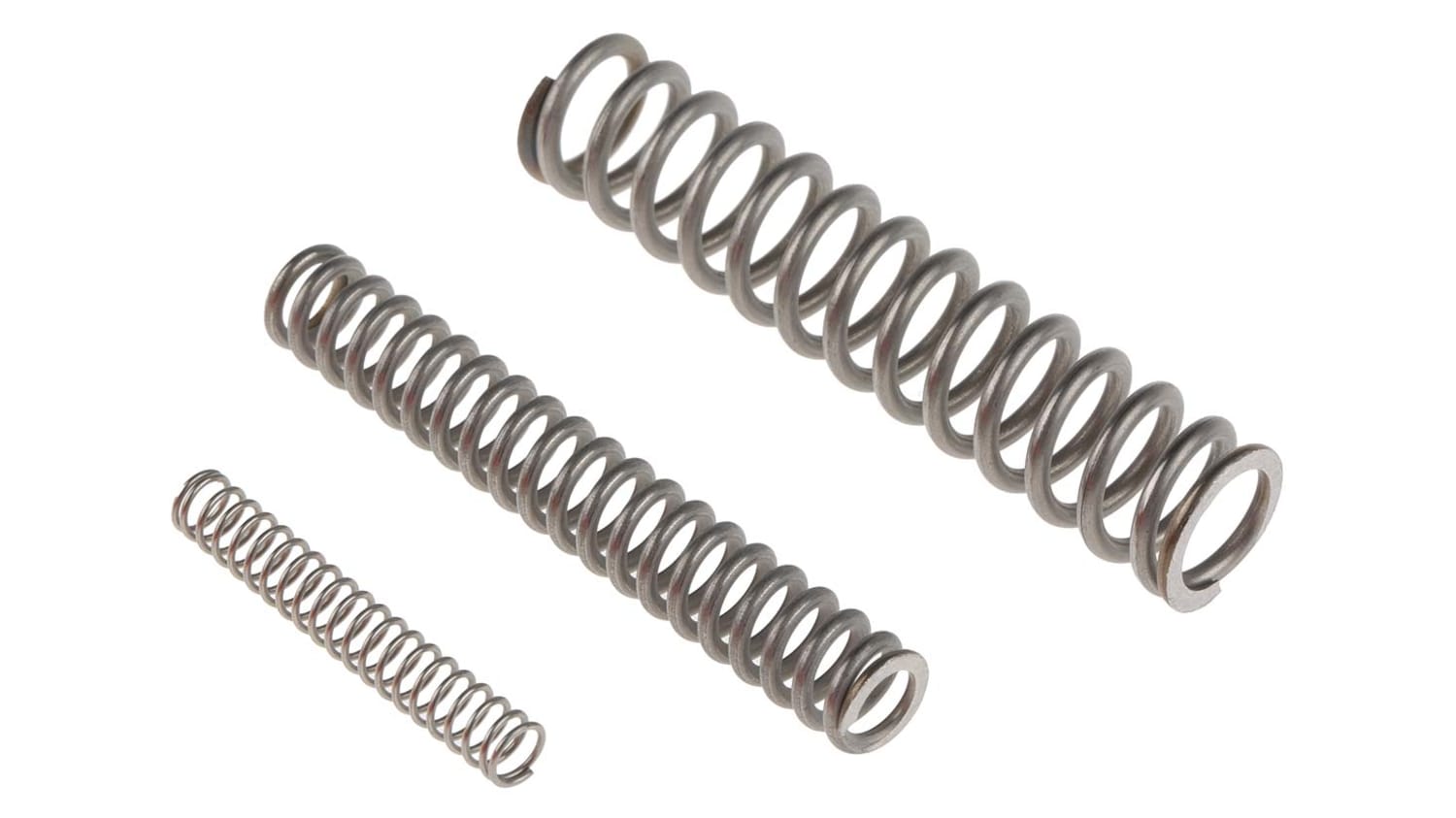
Ping Pong Ball Launcher
I was late and this part was done by weng yan and justin
Ping Pong Ball Launcher |
Propulsion Principle An actuator will pull a pointed plastic backwards, storing energy in the actuator in the form of compressed air. When it moves forward it converts the stored energy into motion, thus propelling the ping pong ball forward. One can fix how far the ball travels by supplying the actuator with different amounts of compressed air.
Ball Loading Gears can be used for ball loading. A single gear can be attached to the front of the magazine so that it constantly moves the ball forward to be supplied to the ping pong ball launcher. This is to ensure that the balls do not get stuck in the magazine. |
Sketch
The rubber flap prevents the ball from dropping out of the launcher. The launcher can be
The rubber flap prevents the ball from dropping out of the launcher. The launcher can be reloaded automatically.
|
Practical 4: Marble Ball RunFor practical 4, we are tasked to make a marble ball run machine that is made out of cardboards, uses a mechanism we learnt in week 13, and the marble must stay in motion for 30 second.
As such, our team decided to make a pinball machine which makes use of 2 mechanism, Lever and Springs.
This is our first mechanism which is a spring created from cardboard. However, there is 1 major concern with the spring, If it is too long, the spring will bend when compressed and release all the stored energy, hence as seen from out design later, we only use a small portion of the spring.
This is the base of our pinball machine which does not use glue or tape, making use of only Slot and Tab.
We use brass fastener to fix the flipper to the base. The flipper is flipped with the use of lever mechanism at the bottom of the base.
Hero shot with our final product.
Pinball Machine in action
